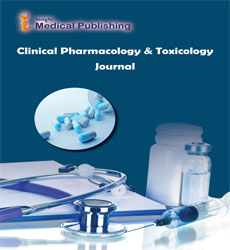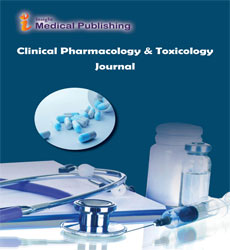Insight into Mechanism of Action of Anticancer Bicyclic Compounds
Abstract
DNA topoisomerase II enzyme is one of the popular anticancer treatment approaches which this enzyme controls and modifies the topological states of DNA and plays key roles in DNA replication, transcription and chromosome segregation1. It is known that one class of topoisomerase II inhibitors, known as topo II poisons, bind to the transient enzyme-DNA complex and inhibit the religation of DNA generating single- and double-stranded breaks that cause the to apoptosis and cell death2.
Mechanism of action has been defined between DNA topoisomerase II and the series of bicyclic compounds3 which were examined in detail using molecular modeling studies such as molecular docking and pharmacophore analysis performed by using Discovery Studio4 and LigandScout5. This study also provides a model to design novel and more potent anticancer agents as human topoisomerase II poisons.

Open Access Journals
- Aquaculture & Veterinary Science
- Chemistry & Chemical Sciences
- Clinical Sciences
- Engineering
- General Science
- Genetics & Molecular Biology
- Health Care & Nursing
- Immunology & Microbiology
- Materials Science
- Mathematics & Physics
- Medical Sciences
- Neurology & Psychiatry
- Oncology & Cancer Science
- Pharmaceutical Sciences
